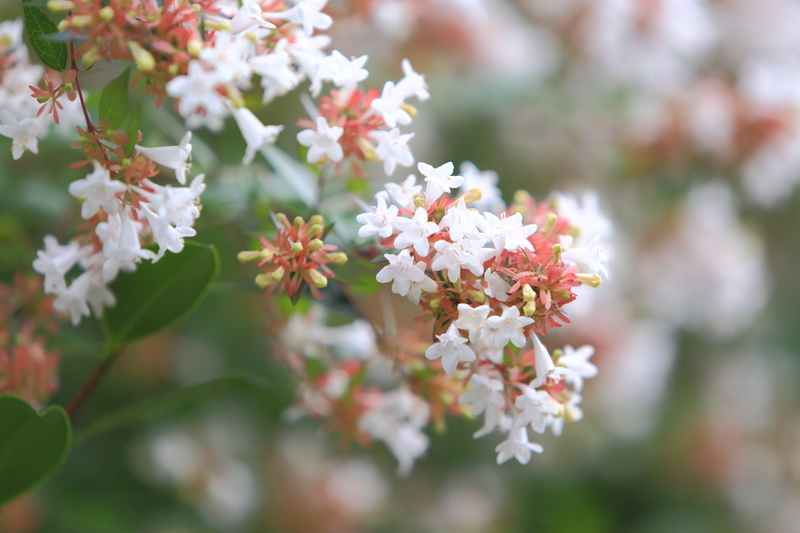Deciding on a Real or Artificial Christmas Tree
Posted on 27/08/2025
Deciding on a Real or Artificial Christmas Tree
The holiday season brings with it many cherished traditions, one of which is selecting the perfect Christmas tree. For many, this tradition includes the delightful annual pilgrimage to a tree farm or the local market, while others may prefer the convenience of unpacking an artificial tree. When deciding between a real or artificial Christmas tree, several factors come into play, including cost, convenience, environmental impact, and personal preference.
The Charm of a Real Christmas Tree
One of the primary appeals of a real Christmas tree is its authenticity. The scent of fresh pine fills the home, creating an ambiance that's hard to replicate. Real trees come in various shapes and sizes, offering a unique and natural aesthetic. For some, the process of selecting and cutting down a tree is a treasured family tradition that marks the start of the holiday season.

Maintaining a Real Christmas Tree
While the beauty of a real Christmas tree is undeniable, it does come with responsibilities. Real trees require regular watering to keep the needles from drying out and becoming a fire hazard. The tree also sheds needles, which can create a mess that needs to be cleaned regularly. Additionally, after the holidays, disposing of the tree responsibly is crucial.
The Convenience of an Artificial Christmas Tree
Artificial trees have seen significant advancements over the years and now come in a plethora of styles and sizes. They offer convenience as they can be set up and taken down with relative ease. Many artificial trees come pre-lit, saving time on stringing lights. These trees are reusable, which can be a cost-effective and environmentally friendly option over time.
Factors to Consider
1. **Environmental Impact**: One of the most debated topics is which option is more environmentally friendly. Real trees are renewable, biodegradable, and can be recycled into mulch. However, they require transportation, water, and pesticides. Artificial trees are typically made from non-renewable plastics and metal. They are also not biodegradable and may end up in landfills. The key is to use an artificial tree for many years to offset its environmental impact.
2. **Cost**: Initially, artificial trees may appear more expensive, but considering their long lifespan, they can be more economical. Real trees, on the other hand, are an annual expense.
3. **Appearance and Scent**: Real trees bring a natural aesthetic and a fresh pine scent into your home, something that artificial trees, despite advancements, can't fully replicate.
Pros and Cons
**Real Christmas Trees:**
- Pros: Natural appearance, fresh pine scent, supports local agriculture, biodegradable.
- Cons: Requires regular maintenance, potential allergens, annual expense, disposal necessary.
**Artificial Christmas Trees:**
- Pros: Convenience, reusable, cost-effective over time, no allergens.
- Cons: Lacks natural scent, non-biodegradable, environmental impact of manufacturing and disposal.
Tips for Choosing Your Tree
1. **Assess Your Lifestyle**: Consider your household's time, commitment to maintenance, and potential allergies.
2. **Storage Space**: Ensure you have adequate space to store an artificial tree.
3. **Local Support**: Choosing a real tree supports local farmers and the agriculture community.
4. **Eco-friendly Disposal**: If opting for a real tree, check local recycling programs for proper disposal.
5. **Longevity vs. Tradition**: Weigh the value of a long-lasting artificial tree against the tradition of a real tree.

Takeaways
Deciding between a real and artificial Christmas tree involves balancing several factors, including environmental impact, cost, and personal preference. Real trees offer an unmatched natural charm and support local agriculture but require regular maintenance and proper disposal. Artificial trees, while convenient and cost-effective over time, lack the natural aesthetics and scent of a real tree and involve environmental considerations related to manufacturing and disposal.
Conclusion
Both real and artificial Christmas trees have their own unique benefits and drawbacks. The optimal choice depends on individual preferences and circumstances. For those who cherish the tradition of selecting a fresh tree each year and enjoying the natural scent, a real tree is the best option. On the other hand, for those who prioritize convenience and long-term cost savings, an artificial tree may be the perfect fit. Regardless of the choice, the spirit of the holiday season is sure to shine bright with the presence of a beautifully decorated Christmas tree in the home.



